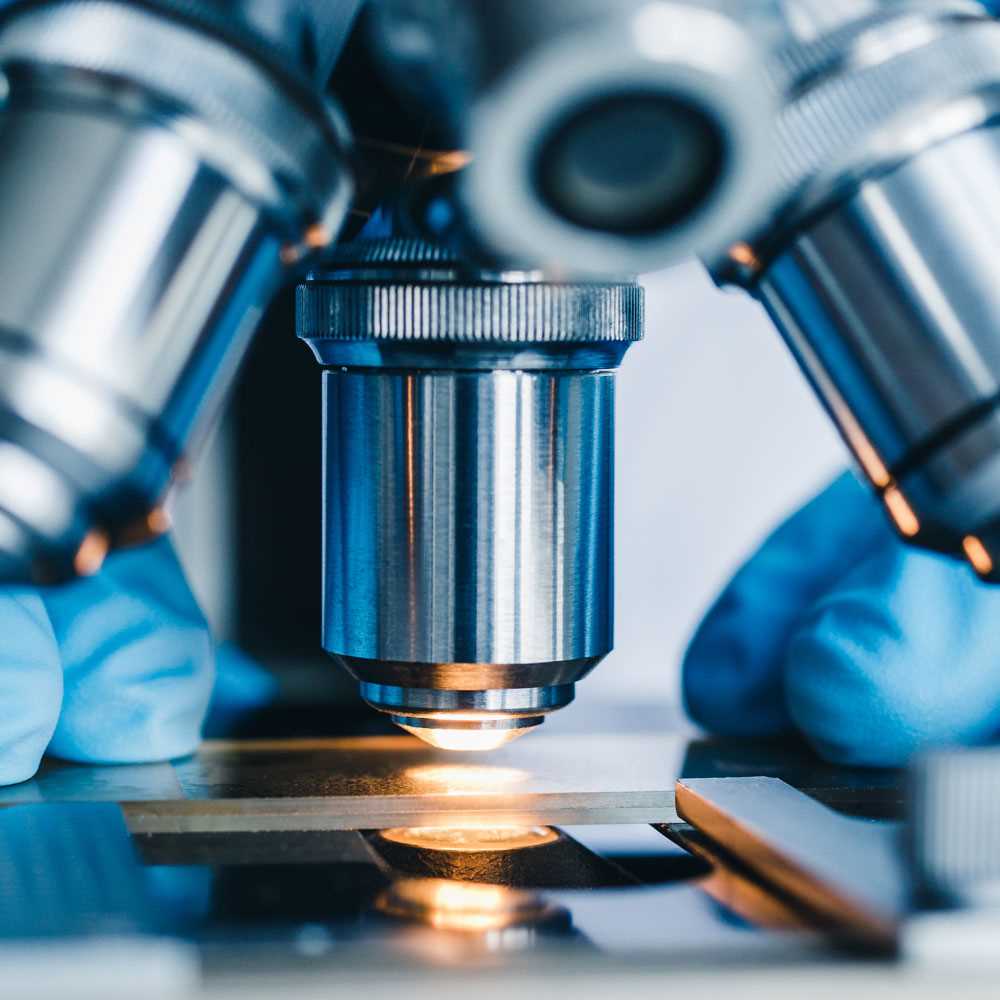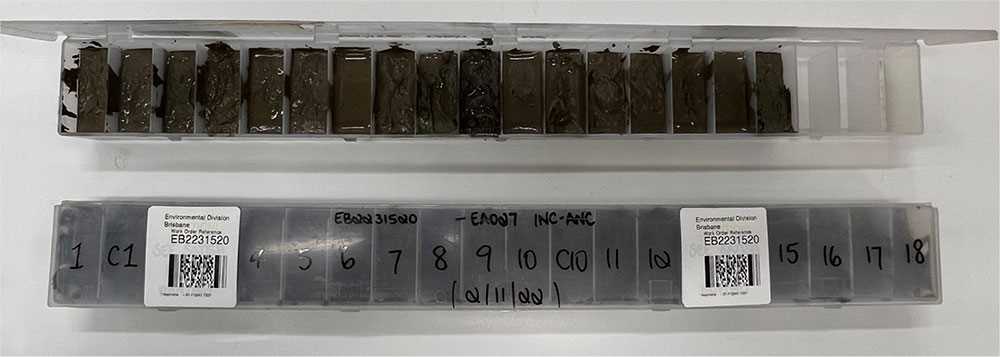EnviroMail 140 Australia - Method EA027
ANC Corroboration by Chip Tray Incubation, as per the National ASS Guidance (2018)

ALS is excited to announce the development of an ANC Corroboration by Chip Tray Incubation method, designed to authenticate the Acid Base Accounting provided by Chromium Suite (EA033) and/or SPOCAS (EA029) analyses. This will translate into reduced environmental disturbance as well as significant cost savings in large land remediation projects since liming can be a costly and time intensive process.
Traditional Chromium Suite and SPOCAS analyses determine the Acid Neutralising Capacity (ANC) of the soil, however they cannot measure its effectiveness under field conditions. By simulating field conditions Chip tray Incubation can demonstrate the effectiveness of the ANC.
The current National Acid Sulfate Soils Guidance (NASSG, 2018) recommends that ANC as determined by Chromium Suite or SPOCAS analyses should only be included in Net Acidity and Liming Rate calculations if the ANC has been corroborated by chip tray incubation. An incubation period of ≥ 9 weeks is recommended to ensure the soil pH has stabilised (Creeper et al, 2012).
Chip Tray Incubation is suitable for samples that have yielded a positive ANC result in Chromium Suite (evidenced by pHKCl ≥ 6.5) or SPOCAS analysis (evidenced by pHox > 6.5).
Purpose
To illustrate how corroborated ANC can save on liming cost, see the example below. The reduced net acidity and liming rate results outlined in green (including ANC) can only be applied if the ANC has been corroborated. Results outlined in red (excluding ANC) apply when the ANC has not been corroborated.
| Method | Analyte | Units | LOR | Sample 1 | Sample 2 | Sample 3 | Sample 4 |
|---|---|---|---|---|---|---|---|
| EA033 | Net Acidity (sulfur units) | %S | 0.02 | <0.02 | <0.02 | <0.02 | 2.06 |
| EA033 | Net Acidity (acidity units) | Mole H*/t | 10 | <10 | <10 | <10 | 1290 |
| EA033 | Limiting Rate | kg CaCO3/t | 1 | <1 | <1 | <1 | 97 |
| EA033 | Net Acidity excluding ANC (sulfur units) | %S | 0.02 | 0.57 | 0.90 | 0.89 | 2.23 |
| EA033 | Net Acidity excluding ANC (acidity units) | Mole H*/t | 10 | 358 | 564 | 557 | 1390 |
| EA033 | Limiting Rate excluding ANC | kg CaCO3/t | 1 | 27 | 42 | 42 | 104 |
Procedure
Moist soil (adjusted to near field capacity) is incubated aerobically at room temperature in chip trays for a period of 9 weeks. Soil moisture status is periodically monitored and adjusted if necessary to ensure that the moisture level remains at optimum level.

At the conclusion of the 9-week incubation:
- If the pHINC is ≥ 6.5, the ANC can be included in Net Acidity and Liming Rate calculations.
- If the pHINC is < 6.5, ANC should not be included in Net Acidity and Liming Rate calculations. Results are reported in the following format:
| Method | Analyte | Units | LOR | Sample 1 | Sample 2 | Sample 3 | Sample 4 | Sample 5 |
|---|---|---|---|---|---|---|---|---|
| EA027 | pH (INC) | pH Unit | 0.1 | 7.2 | 7.2 | 7.1 | 5.3 | 6.5 |
| EA027 | ANC Corroborated | Yes | Yes | Yes | No | Yes |
Sample Requirements
It is recommended that samples should be maintained frozen to minimize oxidation until Chip Tray Incubation can commence, to facilitate the most accurate results.
Hence, it is required to indicate on the Chain of Custody when Chromium Suite or SPOCAS is requested that additional volume has been provided specifically for EA027 (ANC Corroboration by Chip Tray Incubation) which may be required depending on the ANC results reported on the requested suites.
All samples from such work orders will then be maintained frozen until after the Chromium Suite (EA033) or SPOCAS (EA029) results have been released.
The client can then select samples for Chip Tray Incubation. These will be “re-batched” and the 9-week Chip Tray Incubation will commence.
References
NASSG
National Acid Sulfate Soil Guidance - Identification and Laboratory Methods Manual; Appendix B and C, pp 76-81 (2018)
https://www.waterquality.gov.au/sites/default/files/documents/identification-laboratory-methods.pdf
Creeper N. et al
A simplified incubation method using chip trays as incubation vessels to identify sulphidic materials in acid sulphate soils (2012)
https://bsssjournals.onlinelibrary.wiley.com/doi/10.1111/j.1475-2743.2012.00422.x
Get in touch with us
If you have any questions relating to Method EA027, please contact:
Brisbane
Sydney
Melbourne
Perth























































